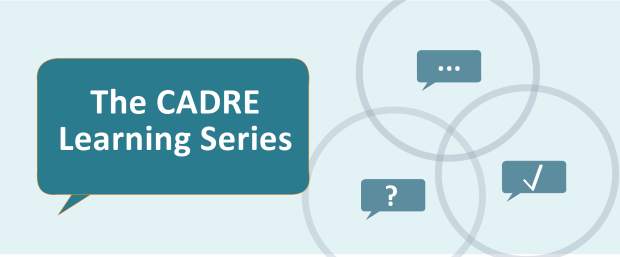Exploring the Noticing of Science Teachers: What Teachers' Notice and Using Video to Capture Teacher Knowledge
Knowing how science teachers develop their professional knowledge has been a challenge. One potential way to determine the professional knowledge of teachers is through videos. In the study described here, the authors recruited 60 elementary and secondary science teachers, showed them one of two 10-min videos, and recorded and analyzed their comments when watching the videos. The coding focused on their noticing of student learning, teacher's teaching, types of teaching practices, and the use of interpretative frames.
Knowing how science teachers develop their professional knowledge has been a challenge. One potential way to determine the professional knowledge of teachers is through videos. In the study described here, the authors recruited 60 elementary and secondary science teachers, showed them one of two 10-min videos, and recorded and analyzed their comments when watching the videos.
